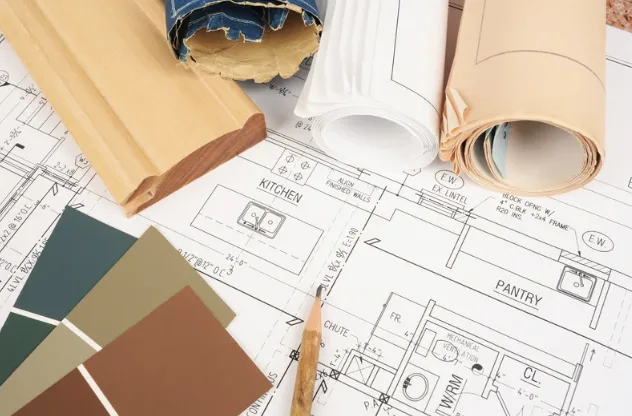As a new administration takes the reins in Washington, industries are bracing for shifts in policies, regulations, and economic trends. The kitchen and bath industry is no exception. Given that it is heavily influenced by factors such as housing markets, tariffs, labor policies, and environmental regulations, changes in governmental direction can significantly impact manufacturers, designers, and contractors alike.
Here’s what to expect in the coming months and how to prepare for potential shifts.
7 Economic Changes That Will Affect the Kitchen and Bath Industry

1. Economic Policies in the Kitchen and Bath Industry
One of the most immediate effects of a new administration is the potential shift in economic policies, which directly influence consumer confidence and spending habits. If the administration prioritizes tax cuts or stimulus packages that put more disposable income into consumers’ hands, we may see an uptick in home renovations and remodeling projects, including those within the kitchen and bath industry.
Conversely, if new tax policies place a heavier burden on middle-class homeowners, discretionary spending on renovations could slow down, impacting the kitchen and bath industry’s growth.
2. Housing Market Trends and Interest Rates
The kitchen and bath industry thrives on new home construction and remodeling projects, both of which are heavily tied to the housing market. If the new administration enacts policies that ease lending restrictions and keep interest rates low, home buying and renovations may surge.
However, if inflationary pressures lead to rising interest rates, borrowing could become more expensive, potentially slowing down the kitchen and bath industry. Keeping an eye on mortgage rates and housing policies will be crucial for industry professionals to anticipate demand fluctuations.
3. Tariffs and Supply Chain Disruptions Affecting the Kitchen and Bath Industry
Many products, including cabinetry, countertops, and fixtures, rely on imported materials. Changes in trade policies, including tariffs on goods from major suppliers like China and Europe, can have a substantial impact on pricing and availability.
If tariffs increase under the new administration, manufacturers and suppliers within the kitchen and bath industry may need to adjust pricing strategies, which could drive up costs for consumers. On the other hand, if trade relations improve and tariffs are reduced, material costs may stabilize, benefiting both businesses and homeowners.
4. Labor and Workforce Regulations
The industry is also deeply affected by labor policies, including wage laws, immigration policies, and workforce training initiatives. If the administration introduces stricter immigration laws, the labor shortage in the skilled trades sector may worsen, potentially driving up labor costs for contractors and increasing project timelines.
Conversely, if investments are made in trade schools and workforce development programs, we may see an influx of skilled professionals entering the field, alleviating some of the labor shortages the industry currently faces.
5. Sustainability and Energy Efficiency Regulations
Sustainability has become a major focus in the home improvement industry, and new government policies may further accelerate the adoption of eco-friendly materials and energy-efficient appliances. If the administration prioritizes green initiatives through tax credits or incentives for sustainable home upgrades, homeowners may be more inclined to invest in water-saving fixtures, energy-efficient lighting, and sustainable cabinetry materials. This could lead to increased demand within the kitchen and bath industry for manufacturers that prioritize eco-conscious production methods.
6. Digital Transformation and Smart Technology Incentives
Another potential area of growth is smart home technology. If government policies encourage the adoption of smart appliances and energy-efficient home systems, manufacturers within the the industry may ramp up the production of cutting-edge products with integrated technology.
Smart refrigerators, voice-controlled faucets, and intelligent lighting solutions could see a boost in popularity, leading to a shift in design trends and consumer expectations.
7. How Kitchen and Bath Professionals Can Prepare
With so many variables at play, staying informed and adaptable is key for professionals in the industry. Here are a few proactive steps to take:
- Stay Updated on Policy Changes: Follow industry news, attend trade shows, and participate in professional organizations to keep abreast of new regulations and economic trends.
- Diversify Supplier Relationships: Given the unpredictability of tariffs and supply chain disruptions, having multiple sources for materials can help mitigate risks within the kitchen and bath industry.
- Invest in Skilled Labor Training: If labor shortages persist, consider apprenticeship programs or partnerships with trade schools to secure a steady workforce for the kitchen and bath industry.
- Embrace Sustainability: With growing consumer demand for eco-friendly products, incorporating sustainable materials and energy-efficient designs can set businesses apart within the kitchen and bath industry.
- Adopt Smart Technology: Staying ahead of smart home trends will ensure relevance in a market increasingly driven by technology-integrated design.
Final Thoughts
While every administration brings a degree of uncertainty, it also presents opportunities for growth and innovation. By understanding the potential impacts of new policies and preparing accordingly, industry professionals can navigate these changes successfully. Whether it’s adapting to shifting economic conditions, embracing sustainability, or leveraging new technologies, the key to success in the coming months will be resilience and adaptability.





